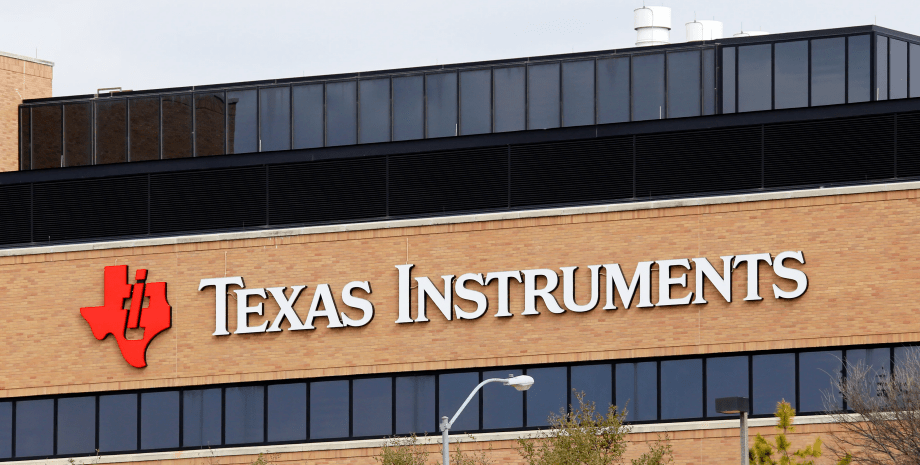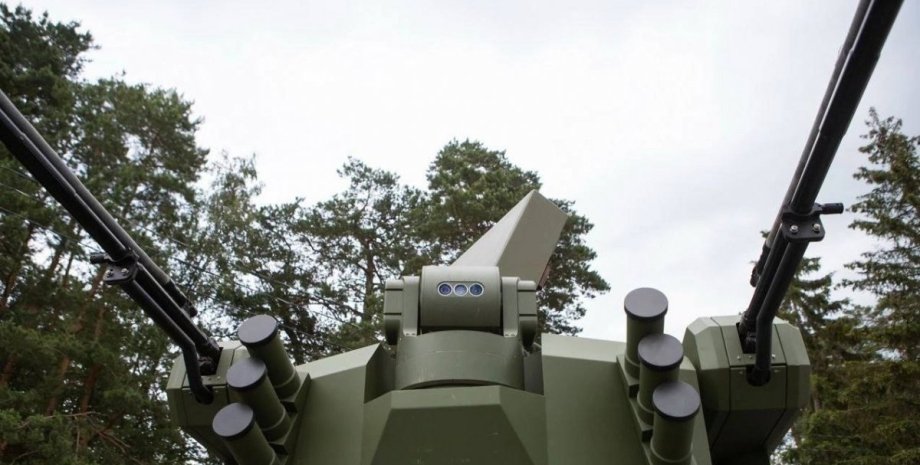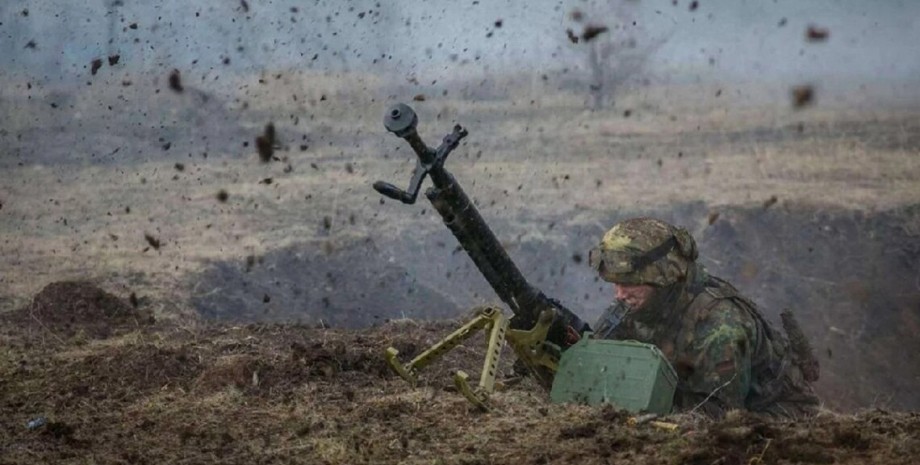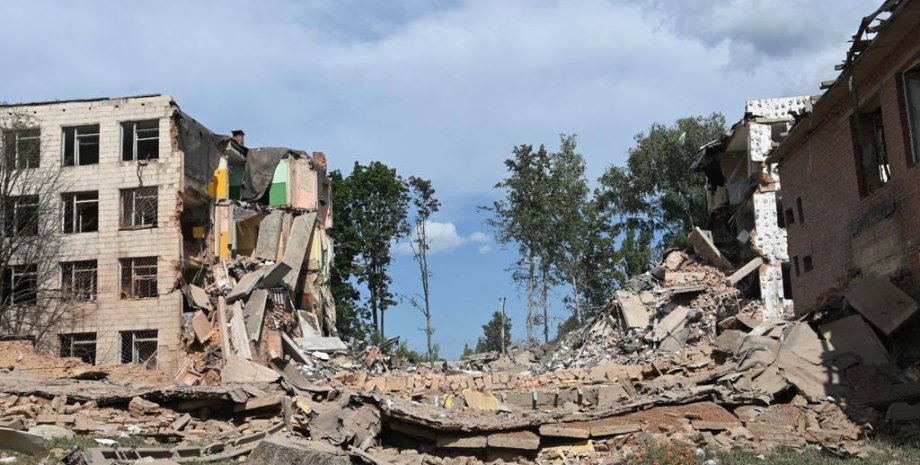
Focus has translated the article of American journalist Peter Suchu about the production of ammunition for advanced NGSW weapons. In preparation for the widespread introduction of new weapons, the department also made an important step forward in ensuring the production of new ammunition. Instead of converting existing production lines, a new enterprise is being built for these purposes.
At the beginning of this month, the United States Army Army (JPEO A&A) and the combined command from ammunition (JMC) announced the start of the construction of a new plant. The plant will be located on the territory of the Army Ammunition Plant Lake City (LCAAP) in Independent, Missouri. LCAAP is the only state -owned state -owned plant for low -caliber ammunition, managed by a contractor.
An enterprise with an area of one and a half hectares, built by Remington Arms in 1941, is part of the United States Army Command. The plant produces low -caliber military ammunition and other shells for both combat and educational purposes. LCAAP also serves as a National Ammunition Test and Rifle Center. The factory has been managed by Winchester Ammunition since October 2020 and is currently producing all the calibers of small arms, which use the US military, including 9mm, 5. 56 mm, 7.
62 mm, . 50-caliber and 20 -mm cartridges. The company received a contract worth $ 8 billion for the operation of the enterprise for seven years with the possibility of extension for three more. Earlier, Winchester owned this contract from 1985 to 2001, and Alliant Technologies managed LCAAP from 2001 to 2020. The cartridge 6. 8x51 mm, also known as . 277 Fury, was developed in search of the golden middle between the outdated cartridges of 5. 56x45 mm and 7.
62x51 mm, which use the US military and their allies on NATO. In the future, a new cartridge can take a place among other NATO standards. "Designed jointly by JPEO A&A, the Command Center for the Development of the US Army Command and the Army Research Laboratory, 6. 8 mm ammunition is specifically designated to maximize the XM7 rifle characteristics and the XM250 automatic rifle," the army explained.
It is reported that the use of NGSW cartridges "provides increased firing range, improved accuracy and increased mortality. " The layout of the LCAAAP foundation took place this month after the 18-month process of the project under the guidance of JPEO A&A, explained in the army. The plant of 41. 8 thousand square meters will use a "modern production system" capable of producing "all components" of cartridges, including a sleeve and a projectile.
In addition, it will create "maximum capabilities for loading and charge of ammunition, packaging products, quality control of processes, testing laboratories, maintenance and administrative premises". According to the statement, 90% of the works will be performed at the enterprises of the Kansas City region, Missouri, and about 50 local companies will take part in the construction. "I have no doubt that victory on the battlefield begins with our production facilities," said Major General John T.
Reim, the head of the combined weapons and ammunition program. year, and this new object relies on our proud historical heritage. " After construction is completed, the extended LCAAP will reach an "annual production capacity of 385 million sleeves, 490 million shells and 385 million load-branch operations for 6. 8 mm cartridges". Peter Suchyu is a journalist from Michigan.










All rights reserved IN-Ukraine.info - 2022